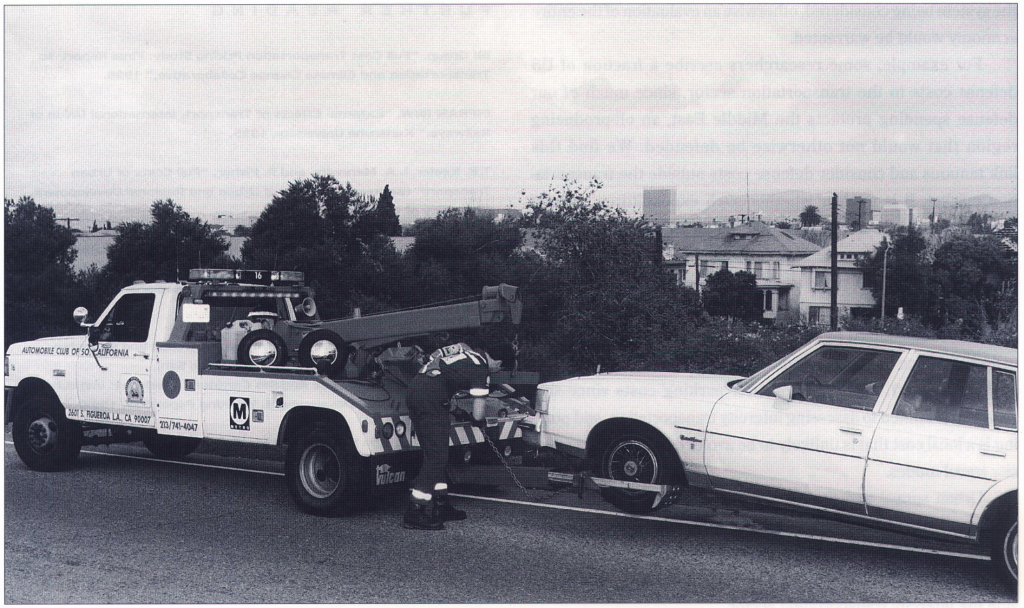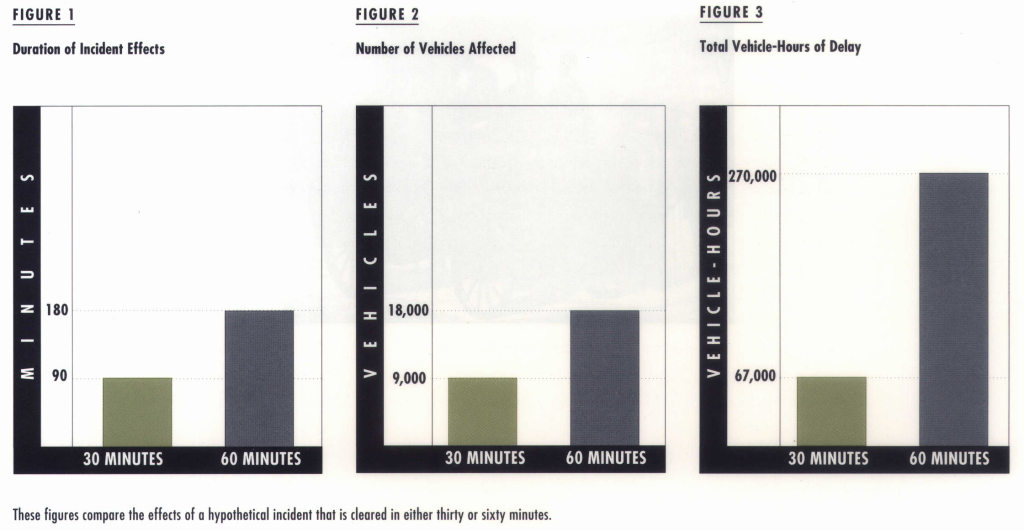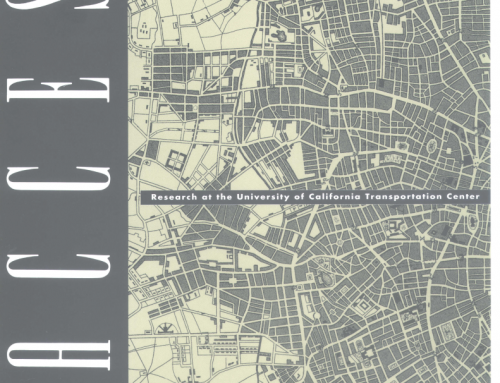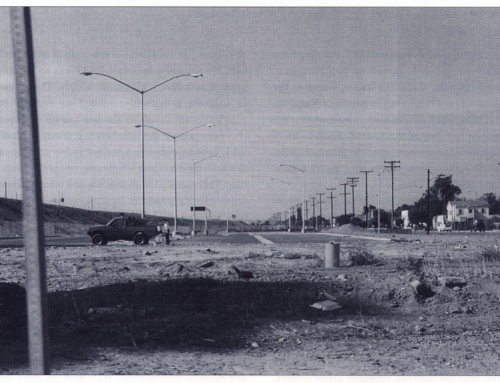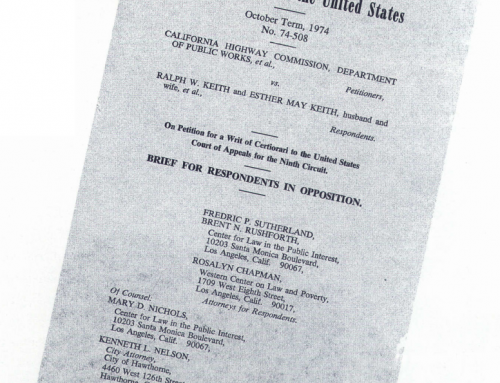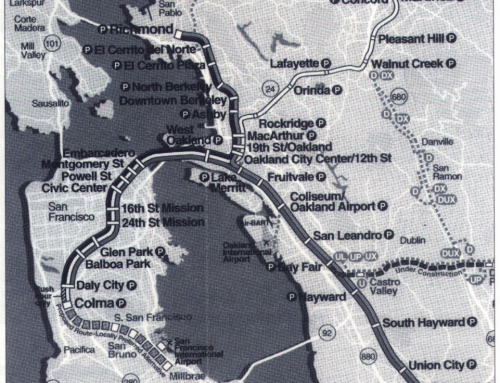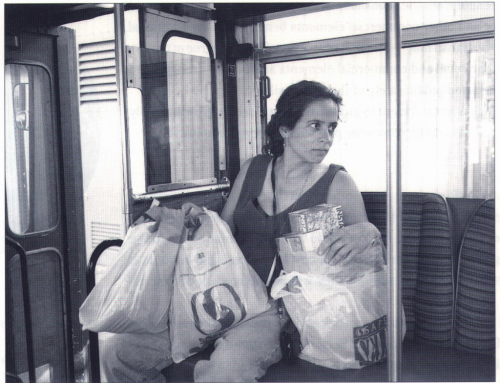Everyone knows that major sources of freeway congestion are the “incidents,” including accidents, that block free traffic flow. Other troubling incidents include stalled engines, cars that have just run out of gas, debris fallen from trucks, flat tires, strayed animals, and other random events. According to one estimate, half of all congestion is relate to incidents. With vehicles stopped on the roadway, one incident can cause others, something leading to chain reactions involving many cars. So motorists and traffic officials alike consider incident-mitigation a critical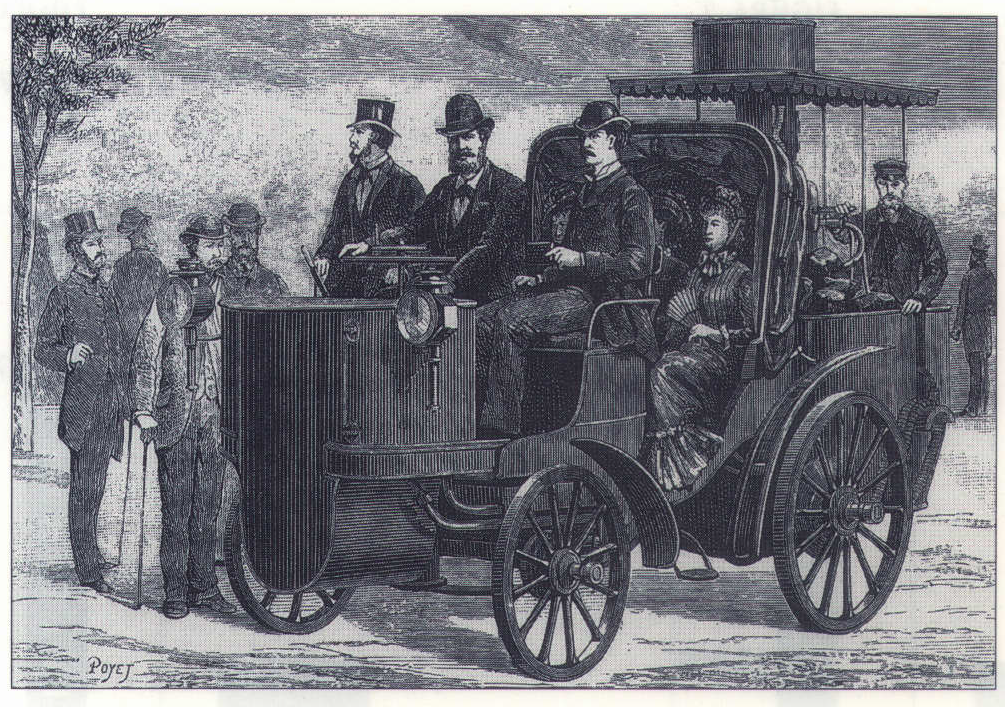 objective.
objective.
One obvious remedy is prevention, another is rapid clearance of blocked roadways. Clearance is the more feasible strategy and the means we focus on here. In California, Caltrans is working in partnership with the Highway Patrol, Metropolitan Planning Organizations (such as MTC in the San Francisco Bay Area and LAMTA in Los Angeles), and private towing companies, to clear traffic lanes quickly by deploying the Freeway Service Patrol (FSP). These are tow trucks that patrol the roadways for incidents and race to remove whatever is obstructing the freeway lanes. In California, some 270 trucks are patrolling 900 miles of freeway in fifteen counties, working 600 vehicle-hours per day. They provide road service free of charge to more than 1,000 motorists per day in Los Angeles alone.
Virtually everyone who’s been helped by these freeway guardians is quick to praise the program’s benefits, as are those who’ve speeded past incidents that might have induced congestion and delayed their trips. As one engineer put it, “FSP needs no more of a formal evaluation than does the snow plow after a blizzard.” Nevertheless, my colleagues and I have sought to appraise its benefits and costs in order to determine how to best utilize resources in the Los Angeles and the San Francisco Bay Area programs.
We deployed probe vehicles to collect incident and traffic-speed data, both before and after FSP implementation. Loop detectors collected traffic volume data, and we then merged the two data sets to estimate average delay per incident type. We find that congestion following an incident is seriously exacerbated by passing motorists’ curiosity and their seemingly universal habit of rubbernecking- slowing down to visually inspect the troubled vehicles.
Combined delay caused by a stalled car blocking one freeway lane for 60 minutes on a four-lane freeway, when combined with the effects of rubbernecking, turns out to be about 3,800 hours, affecting over 17,500 cars (Figure 1, 2, and 3). By reducing incident duration by 50 percent, total delay for an FSP-assisted incident would fall to 2,800 hours.
Our study concludes that FSP is clearly cost-effective. Our estimated overall benefit-cost ratio is 3.3 to 1 for one section of freeway in the Bay Area; the major costs being fiscal outlays for tow vehicles and attendants’ wages, the major benefits the dollar equivalent value of motorists’ time savings.
In addition to these monetized benefits and costs, we must account for other contributions FSP makes to public welfare. Beneficiaries’ stories abound: the tow truck that substituted for the car that lost a wheel when racing to the hospital with fragile cargo, a human transplant organ; numerous occasions when FSP drivers helped prevent suicides after spotting persons hovering at the edge of freeway overpasses; many more occasions when they helped newborns into the world; the mother duck who, crossing a freeway, would have lost a duckling had a tow truck driver not plucked it from harm’s way; the FSP drivers who staged an impromptu rodeo when a cattle truck overturned and loosed its herd upon the freeway lanes.
Like Good Samaritans who seek to help others, the Freeway Service Patrol has proved to be a good neighbor and a real bargain. A transportation program that elicits such vast outpourings of positive response and emotion must surely be a winner worth expanding. Motorists who have encountered these Guardian Angels of the Freeways, as they’ve come to be called, say they feel much more comfortable on the road, enjoy a heightened sense of security, and, according to many, will “never complain about paying gas taxes again.” It is a rare transportation project that earns such declarations of public approval.
Further Readings
Robert L. Bertini, et al., “The Los Angeles Freeway Service Patrol Evaluation,” Transportation Research Board, forthcoming.
Metropolitan Transportation Commission, On Patrol, Freeway Service Patrol Newsletter, Oakland, California (see also http://www.mtc.dst.ca.us/zoomlnd.htm).
Michelle Morris and Wilson Lee, “Survey of Efforts to Evaluate Freeway Service Patrols,” Transportation Research Record, No. 1446, 1994, pp. 77-85.
Michael A. Ogden, “Guidelines for Establishing Freeway Service Patrols,” Institute of Transportation Engineers, Technical Committee 4M-36, 1996.
Alexander Skabardonis, et al., “Freeway Service Patrol Evaluation,” California PATH Research Report, No. UCB-ITS-PRR-95-5, University of California, Berkeley, 1995.

